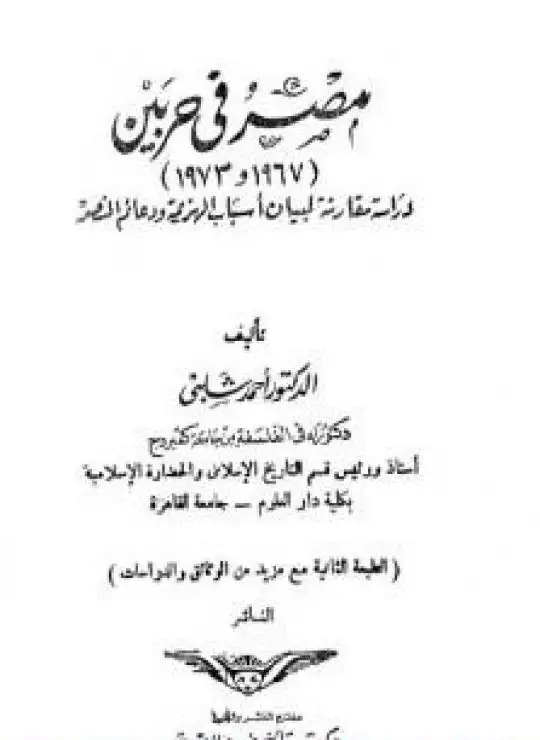
الكاتب: Multiple References
Homidium, quinapyramine, and suramin (Group 1I compounds) produce their trypanocidal effect in vivo only after a latent period of 24 hr. or more, during which time the trypanosomes may continue to multiply; this is in contrast to trivalent arsenical and diamidine compounds (Group I compounds), which begin to act immediately. Group 11 compounds also differ from Group I compounds in that (a) they have only a slight tendency to combine with trypanosomes, (b) they have little trypanocidal action in vitro, but (c) they make trypanosomes non-infective to fresh subinoculated mice. To explain these features it is postulated that homidium, quinapyramine, and suramin first combine in small amounts with some receptor on the trypanosome and then block some biochemical system which produces a hypothetical substance X which is needed for cell division of the trypanosome; the trypanosome is supposed to contain a preformed store of this substance X sufficient for several divisions to take place; and it is only when this store is exhausted that cell division is prevented and the trypanosome eventually dies
تحميل كتاب THE TRYPANOCIDAL ACTION OF HOMIDIUM,QUINAPYRAMINE AND SURAMIN ، كتاب THE TRYPANOCIDAL ACTION OF HOMIDIUM,QUINAPYRAMINE AND SURAMIN pdf للتحميل المجاني ، تحميل كتب pdf، وكتب عربية للتحميل، تحميل روايات عربية ، تحميل روايات عالمية ، روايات pdf ، تحميل كتب Multiple References pdf ، تحميل جميع كتب ومؤلفات Multiple References ،و اقرأ مقالات مفيدة ، تذكر كل هذا وأكثر على مكتبة الكتب.




هذا المحتوى مخفي
جميع خدماتنا مجانية .. يرجى دعمنا والمشاركة علي إحدى مواقع التواصل الإجتماعي
أو انتظر 10 ثانية لظهور المحتوى